The Earth from the Moon – by Chang’e-3 on Christmas Day
Lander camera snapped this image on Christmas Day 2013. Credit: Chinese Academy of Sciences[/caption]
Nearly a month after the stunningly successful soft landing on the Moon by China’s first lunar mission on Dec. 14, 2013, the Chinese Academy of Sciences has at last released far higher quality digital imagery snapped by the Chang’e-3 lander and Yutu moon rover.
This release of improved images is long overdue.
And perhaps the best news of all involves a belated Christmas present to humanity – the publication of never before seen and absolutely stunning images of the Earth from the Moon captured by the lander on Christmas Day 2013.
We haven’t seen the Earth from the Moon’s surface in 4 decades – not since the 1970’s.
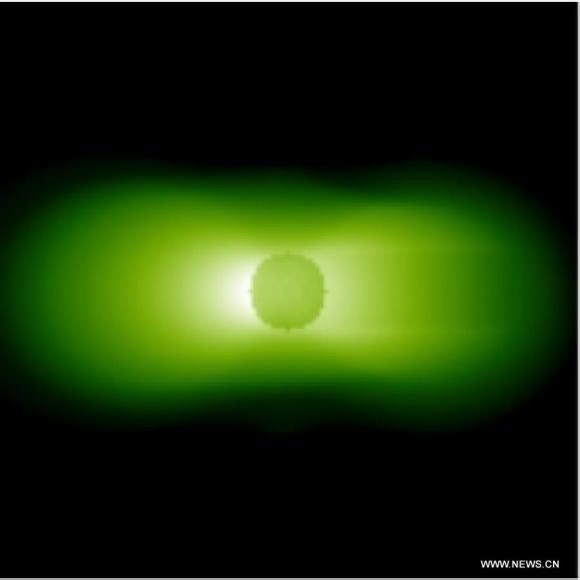
Until now, most of the Chang’e-3 mission images we’ve seen have essentially been rather low resolution pictures of pictures – that is screenshots or photos taken of the imagery that has been flashed onto large projection screens at the Beijing Aerospace Control Center, and then distributed by Chinese government media outlets.
So they have been degraded several times over.
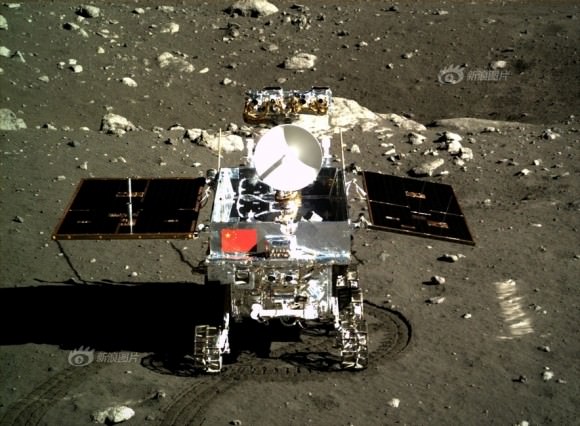
I’ve collected a gallery of the new Chang’e-3 lunar photos here for all to enjoy – see above and below.
The gallery includes photos taken during the final moments of the descent and landing on Dec. 14, 2013, as well as portraits and 360 degree moonscape panoramas taken by both spacecraft after Yutu rolled its wheels onto the loose lunar soil 7 hours later on Dec. 15, and the fabulous new images of Earth in visible and UV light.
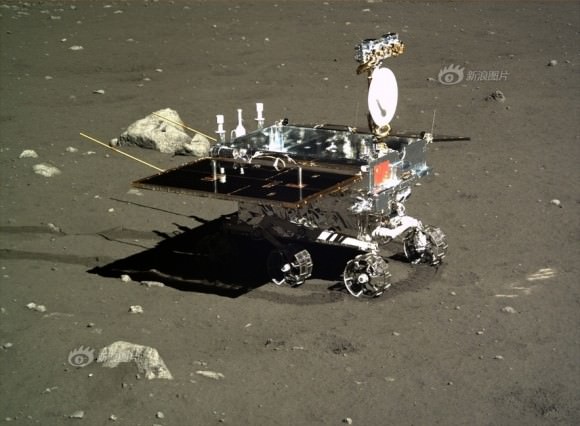
Yutu and the lander are about to awaken from their self induced slumber which began at Christmas time to coincide with the dawn of the the utterly frigid two week long lunar night.
Temperatures plunged to below minus 180 degrees Celsius.
They went to sleep to conserve energy since there is no sunlight to generate power with the solar arrays.
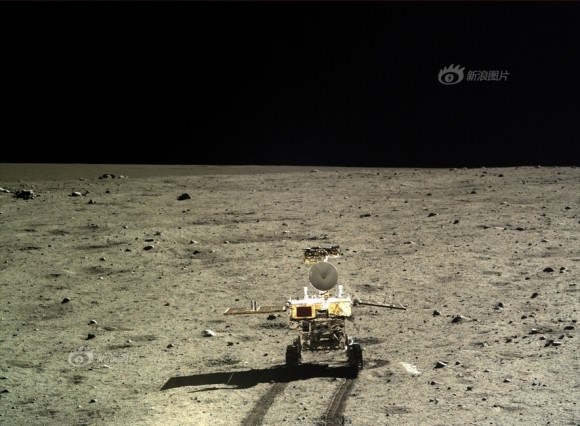
After driving off the lander, Yutu – which means ‘Jade Rabbit’ – drove in a semicircle around the lander and headed south.
Jade Rabbit stopped at 5 designated places.
The pair of Chinese spacecraft then snapped images of one another at each location. Some of those images were included in this new batch.
So you can see the lander from 3 different perspectives collected here:
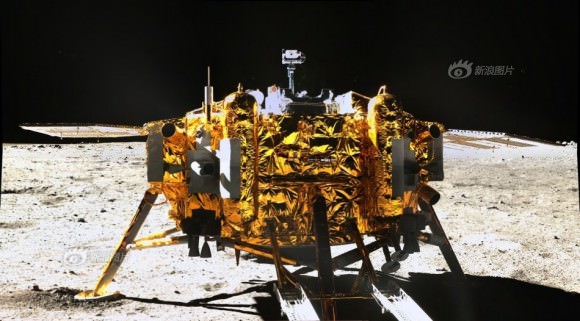
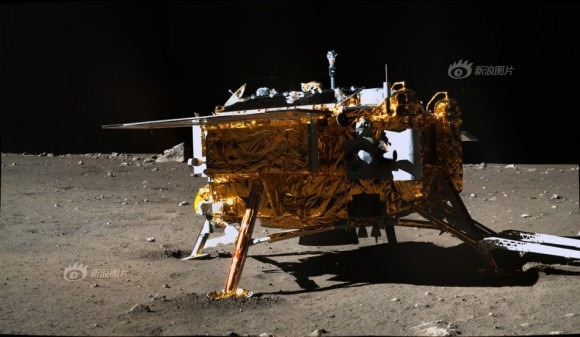
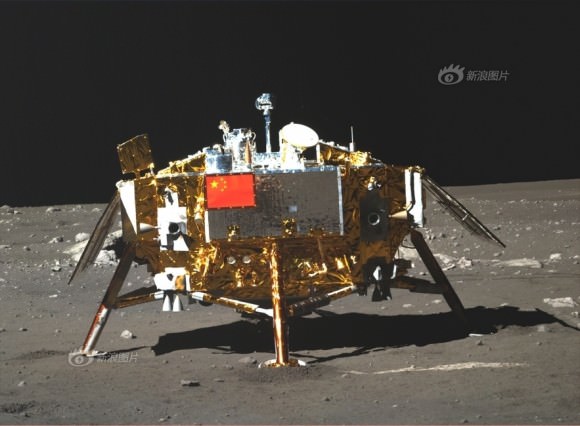
Here’s a pair of very cool 360 degree panoramas – taken by each spacecraft and showing the other.
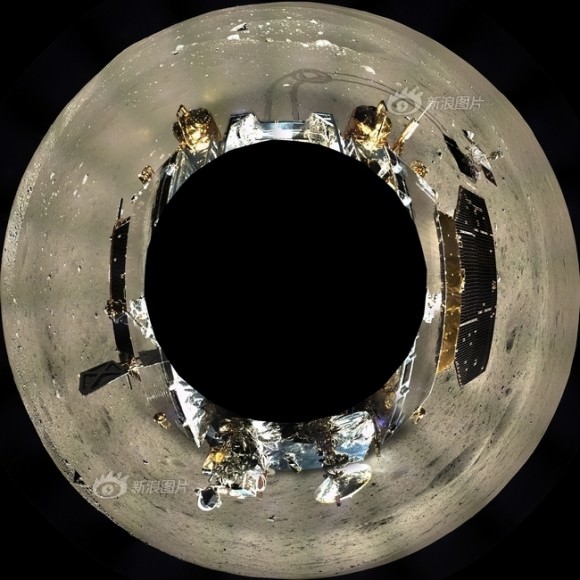
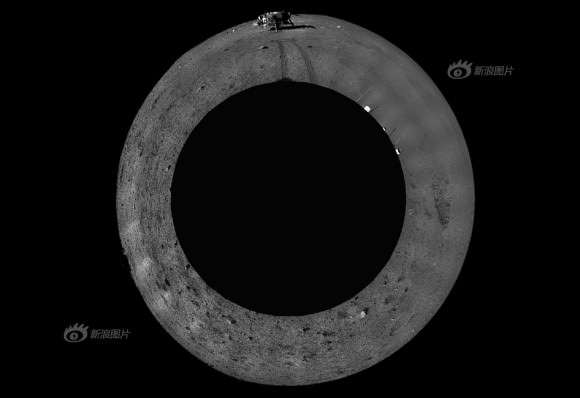

Finally here’s imagery taken during the landing sequence by the descent imager in the final minutes before touchdown at Mare Imbrium, nearby the Bay of Rainbows, or Sinus Iridum region.
It is located in the upper left portion of the moon as seen from Earth. You can easily see the landing site with your own eyes.
And be sure to check my earlier story with an eye popping astronauts eye view video combining all the descent imagery – here.
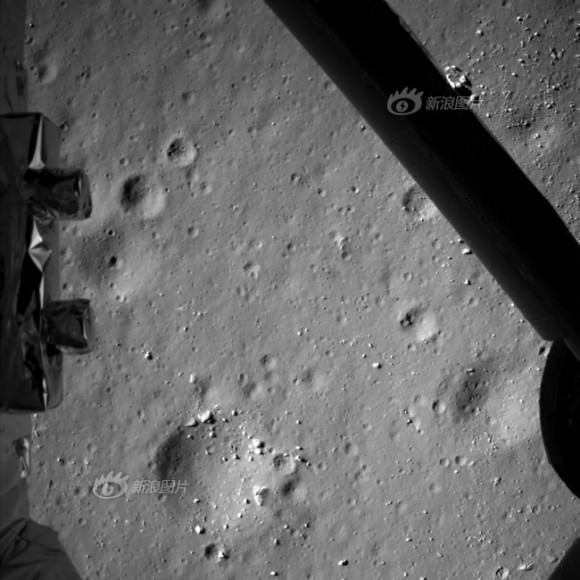
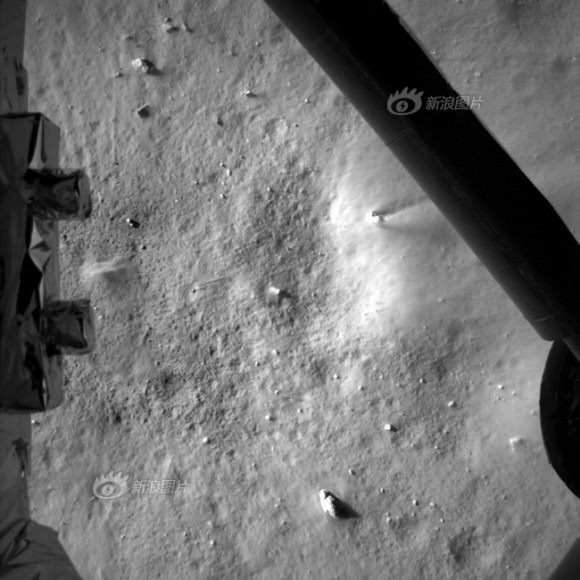
The landmark Chang’e-3 mission marks the first time that China has sent a spacecraft to touchdown on the surface of an extraterrestrial body.
China is only the 3rd country in the world to successfully soft land a spacecraft on Earth’s nearest neighbor after the United States and the Soviet Union.
Stay tuned here for Ken’s continuing Chang’e-3, Orbital Sciences, SpaceX, commercial space, LADEE, Mars and more news.

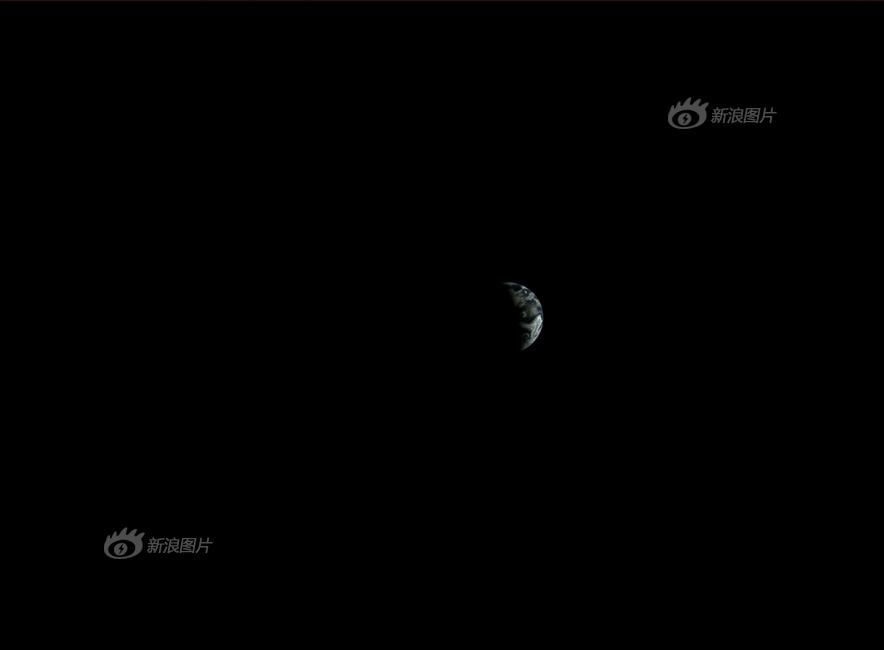
The earth “shadow” is vertical, that seems right to me. It is just we see the Moon shadow on earth. But The original photos (AS14-64-9191: Original Apollo 14 photo) showed earth shadow is horizontal. US may really land on the Moon soil. However, some released photos from NASA are questionable. I have seen some other photos showed horizontal earth shadows with Apollo lander on the moon (few are vertical). They are more artificial than this one. Maybe someone can help me on this issue.
You can’t see any reference of horizon on this image. Maybethe photo is in “portrait” orientation and it just needs to be rotated by 90°. Simple as that.
I’m not sure if this is correct I think it is due to the same reason that the lunar phases have different angles depending on where on Earth you are standing.
It seems like the picture of Earth in your post would have been taken from close to the lunar equator and as such you would have a near horizontal earth crescent while the Yutu moon rover landed further away from the equator and as such show the more familiar (for those of us living far from Earth’s equator) vertical shadow.
Just compare earth shadow with Venus shadow line. in the last phases Venus crescent goes more and more circular and sometimes makes a complete circular crescent around the planet. the Earth does just like that. 🙂
It depends on the latitude you land on and the moment of the day (lunar day).
If you look at the moon here on Earth the moon also tilts between when it raises and goes down over a couple of hours.
Get Celestia, position yourself at the coordinates of the lander and set the time to that day.
This may help: Does the moon look the same in different countries?
The same principle applies when viewing the Earth from the Moon.
Yutu translates to “Jade Rabbit” not “Jack Rabbit”.
The landing pads made quite the noticeable impact(s) on the lunar surface. The descent engine profile included an early shut down to preserve the LZ’s chemistry… stil, it must’ve been quite the ‘bump’ on landing considering soil displacement.
Sort of like this image.